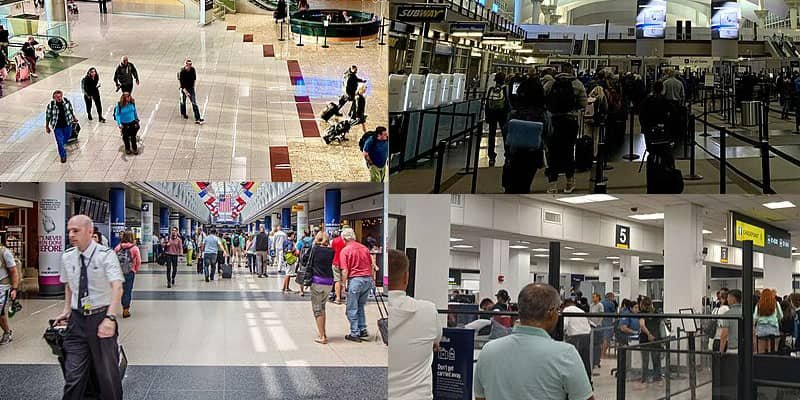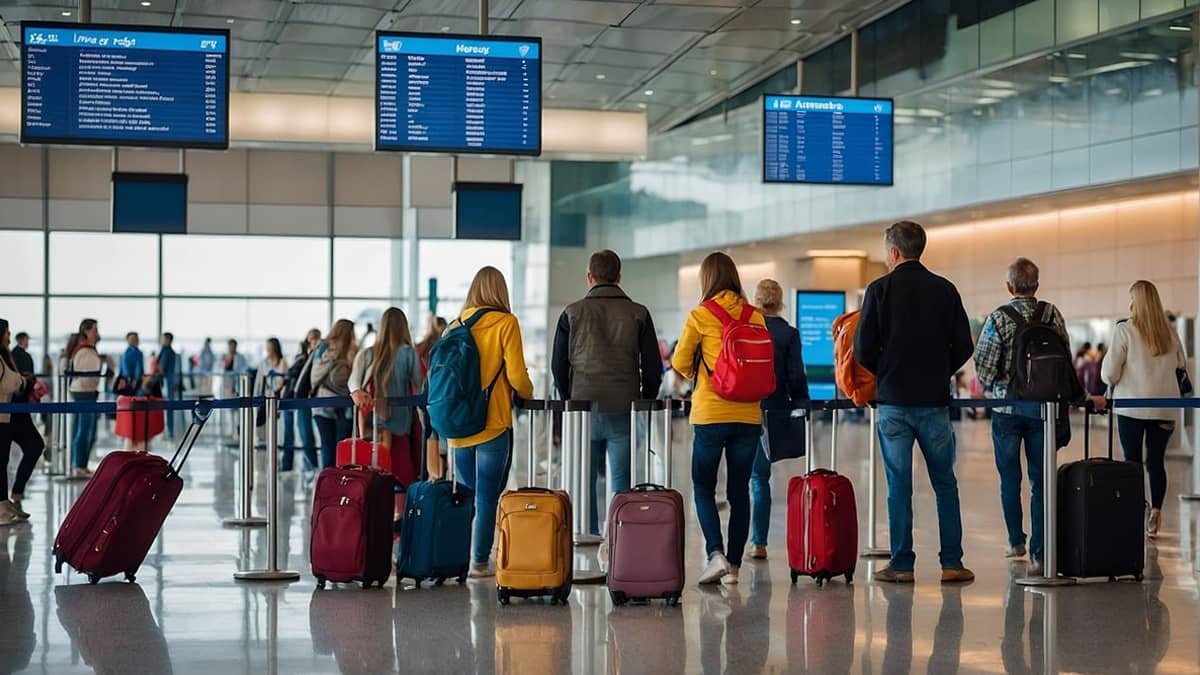Car Child Seat Rules in Singapore: A Comprehensive Guide for Parents

In Singapore, road safety is a priority, especially for vulnerable passengers like children. The use of appropriate car seats is not just a recommendation—it’s a legal requirement designed to protect young lives. This article explores Singapore’s car child seat rules, the types of seats available, safety standards, exceptions, and practical advice for parents to ensure compliance and safety.
Legal Requirements for Child Car Seats
Under Singapore’s Road Traffic Act, all vehicle passengers under 1.35 meters in height must be secured with an appropriate child restraint. This applies to private cars, and the rule is enforced to reduce the risk of injury or death in accidents. Unlike some countries that base requirements on age, Singapore uses height as the key criterion, reflecting the fact that growth rates vary and height better determines when a child can safely use an adult seat belt.
The law mandates that children under 1.35 meters use:
- A rear-facing car seat for infants,
- A forward-facing car seat for toddlers, or
- A booster seat for older children, depending on their size and weight.
Non-compliance carries serious penalties. First-time offenders may face fines up to S$1,000 or imprisonment for up to three months, with harsher consequences for repeat offenses. Beyond legal repercussions, failing to use a proper car seat endangers a child’s life—an avoidable risk no parent should take.
Discover More- What to Know About Child Car Seats Rules in Switzerland
Types of Child Car Seats
Choosing the right car seat depends on your child’s developmental stage. Here are the main types available in Singapore:
- Rear-Facing Infant Car Seats
- Suitable for newborns up to at least 2 years old (experts recommend up to 4 years if possible).
- These seats cradle a baby’s head, neck, and spine—areas particularly fragile in early development.
- Safety Note: Never install rear-facing seats in the front passenger seat, especially if airbags are active.
- Forward-Facing Toddler Car Seats
- Used for children aged 2 to 4 years (or until they outgrow the seat’s weight/height limits).
- Equipped with a 5-point harness, these seats protect the back, head, and internal organs during collisions.
- Booster Seats with Backrest
- Ideal for children who’ve outgrown toddler seats but are still under 1.35 meters (typically 4 to 7 years).
- Elevates the child so the adult seat belt fits snugly across the shoulder and pelvis, offering side-impact protection.
- Booster Seats without Backrest
- Legal but less recommended due to limited side protection.
- Best used as a portable option when a backrest seat isn’t available.
Children over 1.35 meters can transition to adult seat belts, provided the belt sits correctly—over the shoulder, not the neck, and across the pelvis, not the stomach.
Suggested Read- Child Car Seat Rules in Finland: A Quick Guide

Safety Standards and Certifications
Not all car seats are created equal. In Singapore, parents should look for seats meeting these international safety standards:
- R129 (i-Size): European standard with rigorous crash testing (side, front, rear).
- ECE R44/04: European standard for frontal and rear impact protection.
- FMVSS 213: U.S. standard with extensive crash-test requirements.
- AS/NZS: Australian/New Zealand standard, strong on side-impact safety.
These certifications ensure a seat can withstand real-world accident scenarios. Avoid second-hand seats unless you can confirm they’ve never been in a crash and meet current standards, as damage or outdated designs can compromise safety.
Proper Installation and Use
A car seat’s effectiveness hinges on correct installation. Singapore vehicles typically support two systems:
- Universal Anchor Strap: Uses the car’s seat belt to secure the seat.
- LATCH (Lower Anchors and Tethers for Children): Connects to built-in vehicle anchor points.
To check installation:
- The seat should move less than 1 inch side-to-side or front-to-back.
- The harness should be snug—only two fingers should fit between the straps and the child’s shoulders.
- Avoid bulky clothing, which can create slack in the harness.
Parents unsure about installation can consult manuals or seek help from organizations like the Automobile Association of Singapore (AAS).
Exceptions and Special Cases
While rules are strict for private vehicles, exceptions exist:
- Taxis: Exempt from providing child seats due to logistical challenges. Children under 1.35 meters must still ride in the back.
- Private Hire Vehicles (e.g., Grab, Gojek): Not exempt—passengers must provide their own child restraints. Some services offer car seat options for a fee.
Even in exempt cases, portable restraints are recommended for maximum safety, especially for infants and toddlers.
Explore More-Child Car Seat Regulations In Italy
Consequences of Non-Compliance
Breaking these rules risks both legal and safety consequences:
- Fines and Penalties: Drivers face a S$120 fine and three demerit points for unrestrained passengers. Court convictions can escalate to S$1,000 or jail time.
- Safety Risks: Studies show child restraints reduce fatality risk by 50-70% in crashes. Without them, a child’s odds of severe injury skyrocket.
Practical Tips for Parents
Here’s how to ensure your child’s safety:
- Match the Seat to Your Child: Pick a seat based on height, weight, and age. Convertible seats (rear- to forward-facing) can save money over time.
- Test Compatibility: Confirm the seat fits your car—some models don’t align with certain vehicles.
- Install with Confidence: Follow instructions precisely. If in doubt, get professional assistance.
- Buy New When Possible: Second-hand seats may hide damage—opt for new ones with verified safety certifications.
- Teach Safety Habits: For older kids, emphasize staying buckled up, even on short trips.
Conclusion
Singapore’s car child seat rules are a vital safeguard for young passengers. By mandating appropriate restraints for children under 1.35 meters, the law reflects a commitment to road safety backed by global best practices. Parents play a key role in compliance—choosing the right seat, installing it correctly, and staying informed about regulations. The stakes are high: a properly used car seat can be the difference between life and death in an accident. Prioritize your child’s safety, follow the rules, and make every journey a secure one.








